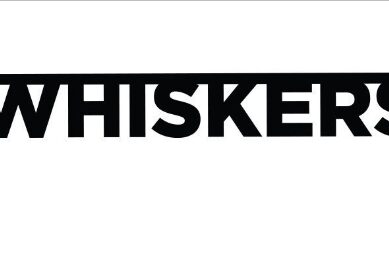IDFC First Bank declared to exchange that Pursuant to Regulation 30 of the SEBI Listing Regulations, we wish to inform that CARE Ratings Limited (“CARE”) has re-affirmed the existing rating of the Bank’s long-term debt instruments amounting to Rs. 1,307.38 crore at ‘CARE AA+ / Stable.
Rationale and key rating drivers
Reaffirmation of the rating assigned to the long-term debt instruments of IDFC First Bank Limited (IDFC First) factors in comfortable capitalisation levels supported by periodic capital infusion with the latest rounds of equity of Rs. 3,000 crore in the month of October 2023 and Rs. 3,200 crore in the month of July 2024 to fund its asset growth. The rating also continues to factor in improvement in the bank’s scale of operations and diversification and granularization of the advances book with a shift towards retail lending and gradual reduction in legacy infrastructure lending and growth of liabilities franchise with increase in proportion of retail customer deposits and comfortable current account savings account (CASA) deposits. Cost of funds of the bank is relatively moderate due to higher cost of deposits as compared to larger private banks and high-cost legacy borrowings in its funding profile, majority of which will be matured by FY26 and will be eventually replaced by deposits increasing the overall liability book’s deposit proportion, bringing down its cost of funds and improving the credit to deposit ratio which stands at 98% as on June 30, 2024.
However, these rating strengths are partially offset by relatively moderate profitability driven by high cost to income ratio as the bank continues the expansion of retail book, investment in technology, branch expansion and people, although this is on a decreasing trend with increase in the revenue. Return ratios are expected to improve gradually as the bank attains scale leading to improvement in the cost to income ratio. Furthermore, the rating is also constrained considering challenges in asset quality of its legacy infrastructure advances which has reduced significantly to 1% of advances over a period of time and the recent stress witnessed primarily in the micro-finance segment. Bank’s ability to control asset quality and credit cost remains a monitorable.



































